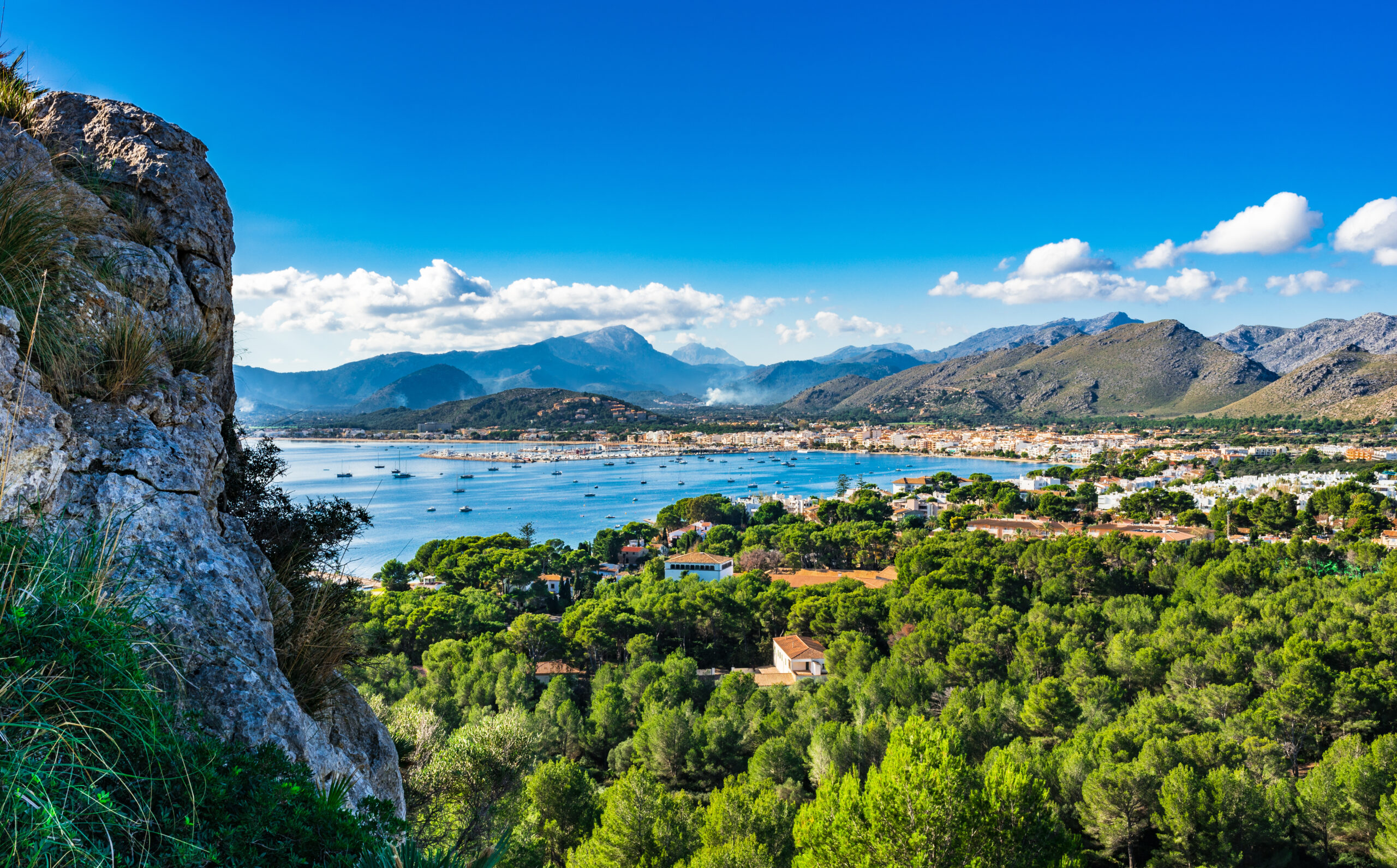Liquid gold, EVOO, the quintessential source of fat in the Mediterranean… Extra virgin olive oil has many names and although is a highly nutritious and healthy product, is not widely known yet. One of our purposes as producers of this oil, specifically of the Arbequina variety, is to spread the benefits and peculiarities of what is a great food. Therefore, today we want to dedicate this page to explain what first harvest oil (also known as early harvest oil) consists of and all the nuances and benefits that you could find in a bottle of this Premium and limited product.
What you need to know about early harvest olive oil
- What is early harvest oil?
- What factors affect the quality of this olive oil?
- What are the characteristics of early harvest oil?
- How to distinguish them in the market?
1. What is early harvest oil?
Technically the first harvest oil has been collected from olives in veraison, that is, from green olives before they change to a purple colour, since the latter indicates a greater ripening of the fruit. Generally, the veraison olives are the olives that give rise to a range of premium quality extra virgin olive oil.
Although the geographical area and the weather conditions are essential to determine the maturation of the olive, usually the early harvest of the fruit in veraison occurs at the beginning of October and can last until mid-November. But, in addition, to achieve Premium quality many aspects must be taken into account.
2. What factors affect the quality of this olive oil?
If you are a large consumer of olives, you may know that there are different moments of recollection according to the maturation of the fruit, besides the wide range of varieties. This is why you can find several olive colours that go from intense green to black, the last indicating the fruit is fully ripe.
Thus, what you consume depends on when the fruit was harvested. The harvesting occurs between October and February in the northern hemisphere (or February and June in the south). However, only those olives recollected at the beginning of the harvest season, produce higher quality extra virgin olive oil.
Even so, in the case of the production of this oil, the differences in weather and terrain, as well as the precise moment of collection, can also give rise to different qualities within the extra virgin range. In other words, there is an optimal time of ripening and harvesting (in addition to the extraction processes) that give rise to a Premium category, such as the one we have mentioned. But what is this optimal moment?
Well, in the northern hemisphere, the olive gestation begins in April, although the formation of fatty acids within the pulp doesn’t commence until June, lasting until November. Technically, this metabolic process, known as lipogenesis, is affected by certain aspects such as variety, geography, climatic phenomena, fertilisation, the orientation of the olive trees, the hours of sunshine…
That is to say, multiple factors can alter the formation of the oil and determine the optimum moment of harvesting in veraison. But what is certain is that the more mature the olive is, the more oil juice will have formed inside it. And isn’t this better? The truth is that many farmers consider it more profitable to collect the fruit once it has matured more, around December, to produce a greater quantity of olive oil.
However, when the olive is greener is when a more intense, aromatic and complex colour, smell and flavour can be achieved since the amount of chlorophyll, polyphenols and natural antioxidants is higher in the minimum proportion. In other words, these oils have more intense organoleptic properties.
Of course, since the fat yield of the olive in veraison is lower, more kilos are needed for the production of an early harvest oil. Of course, the nuances are extraordinary and this is what gives rise to a Premium category extra virgin olive oil.
The more quality the oil possesses, the more guarantees it has when it comes to preserving its organoleptic properties and its health benefits. The first harvest oils stand out for their greenish to golden colour and how aromatic they are. They have a higher concentration of antioxidant and anti-inflammatory compounds such as polyphenols, a large number of vitamins and a good level of oleic acid.
As we have mentioned, they are the olives harvested between October and November, generally in small quantities to prevent them from gaining temperature and deteriorating when the olives are piled up. Once taken to the oil mills, they are pressed, filtered and bottled, all in the best possible time to guarantee the preservation of the maximum organoleptic qualities.
4. How to distinguish them in the market?
It is worth mentioning that the concept of “early harvest” is not controlled by any regulations as is the D.O. o Denomination of Origin of extra virgin olive oils. This concept is a quality mark that producers assume. This makes the difference when our products are compared with lower-range oils. In short, the Premium or Gourmet seal is indicative of the highest quality and extremely careful harvesting and production process, which requires more time and specialisation.
Susbcribe to our newsletter











